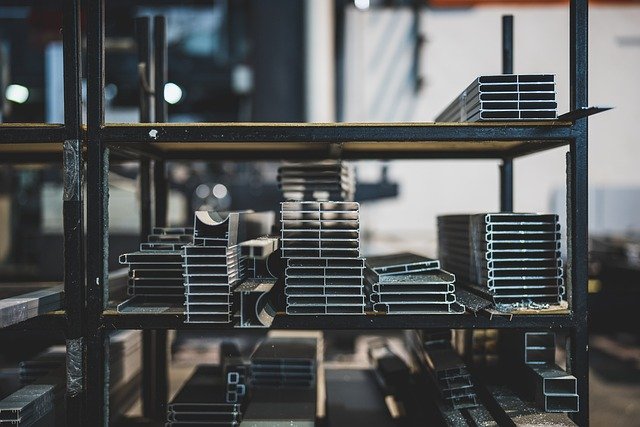Metalwork Guide for Buildings, Backyard Projects, and Storage
Metalwork covers a wide range of applications, from structural frames to small custom pieces for home use. Whether you are considering a metal building for vehicle protection, a backyard shelter, or a dedicated workshop, understanding materials, fabrication methods, and practical considerations helps you make durable, functional choices that suit your space and needs.

What is a metal building and when to choose it?
A metal building typically refers to a structure whose primary load-bearing components and exterior are steel or another metal. These buildings are used for commercial, agricultural, and residential purposes because of their durability, relative ease of erection, and resistance to pests and rot. Common types include clear-span frames, rigid frames, and prefabricated kit-style buildings that can be assembled on site.
Choose a metal building when you need longevity, open interior space, or resistance to local climate issues like heavy snow or humidity. They are also suited for modular expansion—adding bays or vertical extensions tends to be simpler than with masonry. Consider local building codes, insulation needs, and foundation requirements early in planning to avoid costly modifications later.
How to plan a backyard metal structure?
Planning a backyard metal structure starts with defining its primary use—shade, tool storage, a hobby area, or a combined purpose. Measure the available area and account for setbacks, drainage, and access paths. Check local services for permitting requirements and any neighborhood covenants that restrict size or appearance.
Select materials and finishes that balance appearance with maintenance. Galvanized steel or pre-painted panels reduce rust and upkeep. If the structure will be lived in or used year-round, plan for insulation, ventilation, and electrical runs. Proper foundation type (concrete slab, piers, or compacted gravel) is crucial for stability and longevity.
Designing metal storage for your property
Metal storage solutions range from small sheds and lockers to larger multi-bay units. Evaluate what you’ll store—lawn equipment, tools, seasonal items, or vehicles—to determine door widths, ceiling heights, and shelving needs. Consider built-in organization features like wall-mounted racking, overhead storage lofts, and secure anchoring points.
Ventilation and moisture control are important for preserving stored items. Passive vents, ridge vents, or simple dehumidifiers can protect metals and fabrics from condensation. If security is a concern, choose robust locking mechanisms and consider anchoring the unit to a permanent foundation. Aesthetics can be addressed through color matching to existing structures and landscaping to integrate the storage visually into the property.
Setting up a metal workshop: layout and safety
A metal workshop requires planning for workflow, tools, and safety. Arrange zones for cutting, welding, finishing, and storage to minimize movement of heavy materials. Ensure adequate space around benches and machines, appropriate electrical capacity, grounded outlets, and dedicated circuits for heavy-duty tools. Consider natural and task lighting to reduce eye strain and improve precision.
Safety measures are critical: proper ventilation for fumes, flame-resistant surfaces for welding, fire extinguishers rated for electrical and metal fires, and clear egress paths. Floor anchoring for heavy equipment prevents tipping. Personal protective equipment (PPE) such as gloves, eye protection, and respiratory protection should be specified and stored accessibly. Sound dampening and dust control improve comfort and long-term health for frequent users.
Using metalwork to improve your garage
Metalwork can enhance garage function through reinforced framing, custom storage solutions, and door upgrades. Steel framing or metal reinforcements can increase load-bearing capacity for overhead storage systems or mezzanines. Custom metal shelving, cabinets, and pegboard systems deliver durable organization suited to tools and automotive supplies.
When modifying an existing garage, confirm that any structural changes comply with local codes and do not compromise the building envelope. Insulated metal panels, upgraded weatherstripping, and a well-sealed door improve energy efficiency. If converting a garage to a workshop or studio, plan for electrical upgrades, heating or cooling, and sound isolation to maintain comfort and functionality.
Conclusion
Metalwork offers practical, long-lasting solutions for buildings, backyard structures, storage, workshops, and garage upgrades. Thoughtful planning around materials, ventilation, layout, and local regulations helps ensure that your metal projects meet functional needs while remaining safe and durable. With attention to foundation, organization, and safety systems, metalwork can provide flexible spaces that perform well over time.






